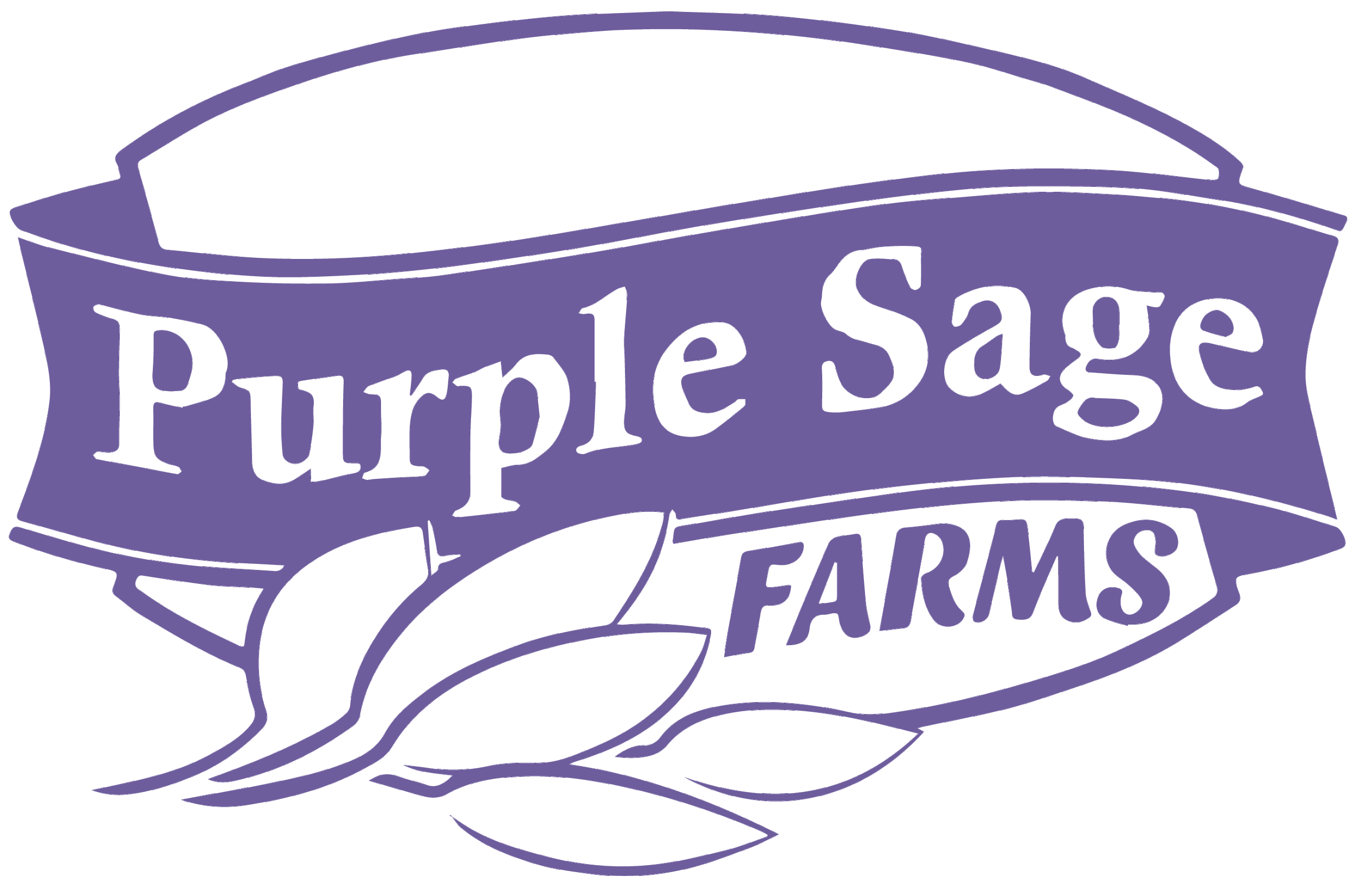Pollinator Habitat on the Farm
At Purple Sage, we think of insects as more than just pests to control. Organic growing encourages lots of insect life at the farm, as does habitat.
Pollinators allow plants to reproduce—we need them to yield our flavorful peppers. We also rely on them to pollinate seed crops for our local seed co-op, the Snake River Seed Cooperative. A wide variety of insects and spiders play a positive and necessary role in the farm ecosystem. Most insects are not pests. Many not only pollinate crops but also prey on unwanted insects.
The hedgerow is also one of the most important ways to develop diversity in a farm’s ecosystem, providing habitat for some of its smallest but most important contributors.
A late summer view of the pollinator hedgerow that grows behind the greenhouses /Arlie Sommer
Installing The HedgeRow
In 2015, we collaborated with the Northwest Center for Alternatives to Pesticides (NCAP) and Xerces Society for Invertebrate Conservation (Xerces) to plant drought resistant habitat for native pollinators on the farm. A crew of volunteers visited the farm to install drip lines for the hedge row, plant, and mulch the area. We are so grateful to NCAP and Xerces for funds to do this and the volunteers who helped!
The hedgerow at Purple Sage, in 2016, and in 2018 with more growth; a bee collecting pollen from feverfew flowers; milkweed going to seed; neon yellow buckwheat blooms; golden prairie coneflower /Arlie Sommer
Year-Round Blooms
These days, the plants fill in the area, lush and thriving with just a drip of water. This hedge row not only beautifies the farm but was planned to bloom year-round, and therefore supply food to pollinators year-round. The hedgerow blooms and buzzes throughout the spring, summer, and fall. In the winter, diverse and beautiful seed pods and dried foliage are home to bug eggs that will hatch in the spring.
Do-it-yourself
NCAP and Xerces Society wrote a useful guide to planting your own place for pollinators, Establishing Pollinator and Beneficial Insect Habitat on Organic Farms in Idaho; An Installation Guide for Meadows and Hedgerows.
If you’re interested in planting your own desert-friendly pollinator habitat, you might be looking for ideas for what works well in southern Idaho. Here’s a list of what we planted to use as a resource:
Shrubs
Early Season Blooms: Bitterbrush, Douglas’ spirea, Golden currant, Sand cherry, Shrubby cinquefoil
Mid Season Blooms: Snowberry, Russian sage (nonnative), Woods' rose
Late Season Blooms: Fourwing saltbush, Green rabbitbrush, Rubber rabbitbrush, Whorled buckwheat
Herbaceous Perennials
Early Season Blooms: Biscuitroot, Blanketflower, Firecracker penstemon, Globemallow, Hairy phacelia, Lewis flax, Sticky geranium
Mid Season Blooms: Lanceleaf coreopsis, Rocky Mountain penstemon, Showy milkweed, Utah sweetvetch, Yarrow
Late Season Blooms: Sky blue aster, False golden aster, Hoary tansy aster, Maximilian sunflower, Prairie coneflower
Grasses
Idaho fescue, Indian ricegrass, Indian Dropseed
The hedgerow at Purple Sage displays a diverse bouquet of seedpods and dried foliage in the winter /Arlie Sommer





















